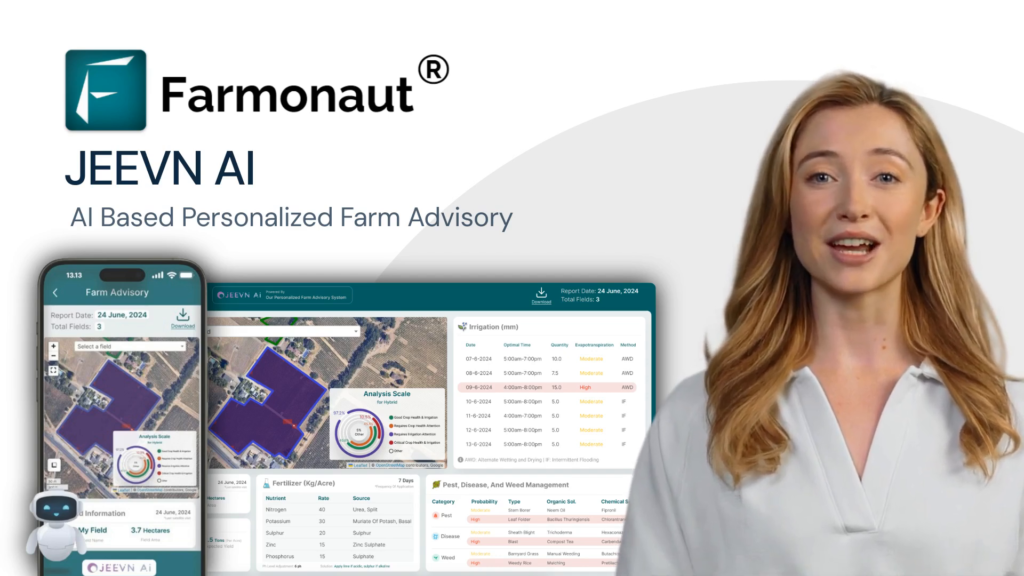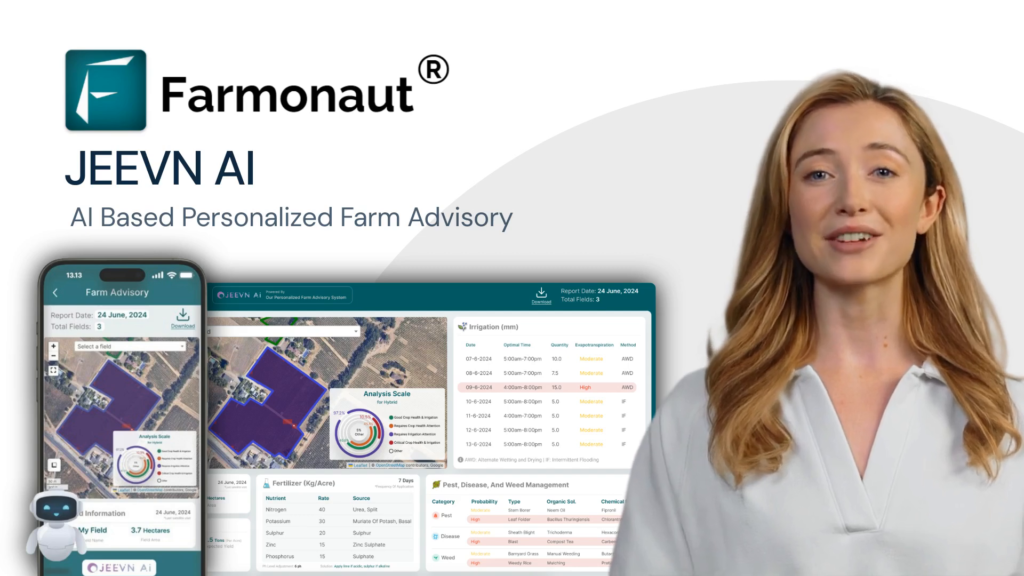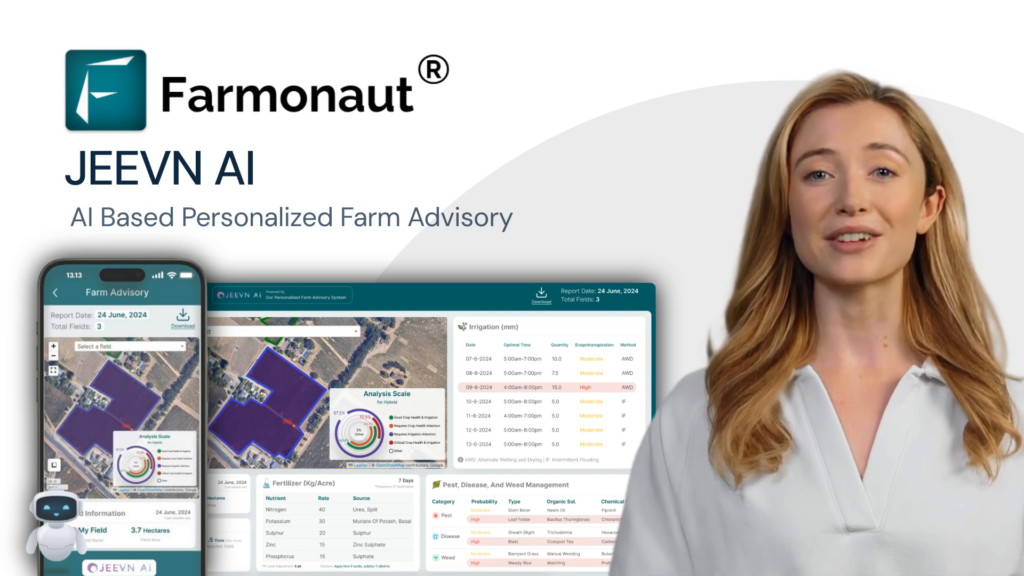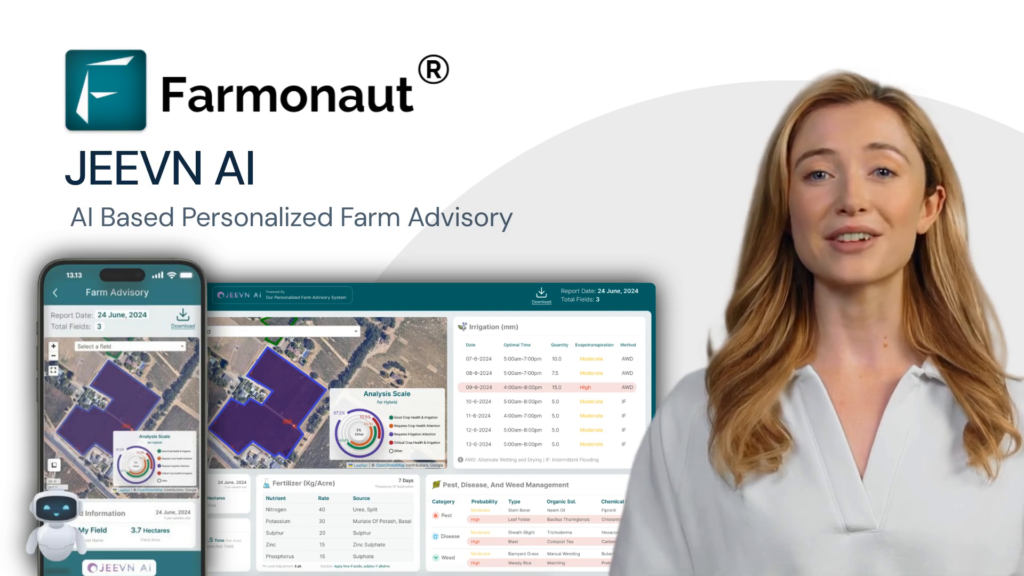Glacial Till Nebraska: 5 Powerful Insights Into Midwest Geology
Table of Contents
- Introduction: The Glacial Story Beneath Palmyra, NE
- Insight 1: Glacial Legacy and Unique Soil Formation
- Insight 2: Mastering Subsurface Geology – Understanding Underground Layers
- Insight 3: Vineyard Soil Geology and the Art of Terroir
- Insight 4: Seminars and Core Sample Drilling – Pushing Geoscience Forward
- Insight 5: Modern Tools for Midwest Geology – Satellite Agri-Tech and Precision Insights
- Glacial Till Characteristics Across Nebraska Vineyards (Comparative Table)
- Frequently Asked Questions
“Nebraska’s glacial till covers over 60% of the state, shaping its unique underground sediment layers and vineyard soils.”
Introduction: The Glacial Story Beneath Palmyra, NE
Nebraska has long held secrets beneath its rolling landscape — secrets forged in ice, dust, and the powerful movements of ancient glaciers. Nowhere is this more evident than in the glacial till Nebraska stories, especially at locations like Palmyra’s renowned Glacial Till Vineyard and Winery. Here, deep below the surface, buried layers of clay, sand, gravel, and fine loess whisper tales of the Midwest’s formidable glacial history.
As we explore the unique geology of the Midwest, our focus is clear: to reveal five powerful, actionable insights drawn from core drilling, professional seminars, and cutting-edge geosciences. Along the way, we’ll delve into everything from the underground sediment layers supporting Nebraska’s vineyards to the latest precision agriculture tools empowering farmers and scientists alike.
Whether you’re a geologist, environmental engineer, vineyard manager, or simply captivated by earth’s history, this comprehensive guide unveils not only profound geological complexity but also the promise of innovation as we look beneath our feet.
Nebraska’s Glacial Canvas: Why Focus Here?
- Vast Glacial Impact: The last glaciers shaped much of Nebraska and the Upper Midwest, leaving behind deep, complex till deposits that influence everything from agriculture to construction.
- Viticulture & Soil Quality: The soils formed by these glacial episodes directly affect vineyard quality, grape characteristics, and ultimately, the taste of regional wines.
- Scientific Curiosity: Every new hole we drill or sample we examine in the Palmyra region offers a time machine perspective, drawing us closer to understanding landscape evolution and groundwater flow.
Insight 1: Glacial Legacy and Unique Soil Formation
The Epic Drama of Glacial Till Nebraska
The defining story of Nebraska’s surface and subsurface geology is inextricably linked to the advance and retreat of glaciers. These ice giants bulldozed their way across what we now call the Midwest, depositing massive quantities of clay, sand, gravel, and mixes of sediments — what we call till.
Each time the glaciers advanced, they left fresh glacial till deposits across the landscape, burying old soils, crushing rocks, and mixing layers in fascinating ways. When the ice retreated, vast quantities of fine dust (loess) blown in from hundreds of miles away settled on top, forming a new blanket above the till.
Repeated cycles of glaciation and wind action created a layered timeline beneath every field, hill, and valley across the Palmyra region and much of Nebraska. This geological complexity is what gives each site — and every core sample — its own story.
- Till: Unsorted, unstratified drift deposited directly by glacial ice
- Loess: Wind-blown silt and dust, forming fertile, well-drained soils atop glacial layers
Unearthing the Past: Why Old Glacial Deposits Matter
Much of the glacial till nebraska landscape is ancient compared to other states. In Palmyra, the last known glacier event occurred 640,000 years ago — far older than much of the Upper Midwest, where glacial retreat is as recent as 15,000 years ago.
This age difference means Nebraska’s soil profile contains preserved sequences of multiple glacial advances, along with buried episodes of loess soil formation. For scientists, engineers, and farmers, this brings both opportunities and unique challenges when digging, drilling, or analyzing the land.
- Challenge: Older glacial soils may contain unique sediment signatures, complicating field interpretation.
- Opportunity: Preserved underground layers provide a rich, intact record of earth’s climate and geologic history.
- Application: These features directly impact construction, well-siting, and precision agriculture strategies.
Layers of Loess: Blown Dust Creating Fertile Soils
Over thousands of years, powerful winds carried ultra-fine silt and clay — known as loess — across the Midwest and deposited it atop the legacy of glacial till. This process shaped some of the world’s richest agricultural soils, especially in eastern Nebraska.
However, these loess layers vary in depth and composition, depending on wind patterns, topography, and the timing of glacial periods. On one site, the loess may be deep and uniform; on another, it could be thin, patchy, or even eroded or buried by subsequent glacial advances. These variations are crucial to vineyard soil geology and groundwater movement.
- The loess soil formation process creates well-draining soils prized by grape growers — but only when present in the right proportion above the denser clay-rich till.
- Where loess is missing or thin, groundwater can pool, and roots may struggle to penetrate the compacted till underneath.
Key Takeaways: Glacial Deposits in Nebraska
- Nebraska’s soils are a mosaic of glacial till and loess, with properties that shift dramatically between sites.
- Understanding these underground sediment layers is critical for site selection, vineyard management, and engineering projects.
“Midwest glacial deposits can reach depths of up to 300 feet, revealing ancient geological processes beneath Nebraska’s surface.”
Insight 2: Mastering Subsurface Geology — Understanding Underground Layers
Unearthing Complexity — Every Hole Is a New Discovery
Digging deep into Nebraska’s subsurface geology is not just about finding old rocks — it’s about reading a complex book written by glaciers, wind, and water. No two sites are ever identical. Even boreholes just a few yards apart can reveal radically different sediment layers!
Core Drilling & Soil Profiles: What We Learn
During the recent subsurface geology seminar at Glacial Till Vineyard & Winery, we drilled cores in a low valley and at the crest of a hill just 0.3 miles apart. Despite their proximity, the differences in soil, till composition, and depth were striking:
- Low Valley Borehole: 40 feet deep, rich in gravelly glacial till, loess, and chips of shale near the bedrock.
- Hill Crest Borehole: 70 feet deep, revealing denser till with significant sand, gravel, and calcium deposits.
Seeing these core samples side-by-side, with variations in color, structure, and compaction, drove home a key lesson: Subsurface geology in the Midwest resists easy generalization. Local knowledge and direct investigation are essential.
Standardizing Descriptions: Bridging Science and Engineering
As geologists, field scientists, and engineers, we often interpret the same core in different ways. Standardizing description terminology — especially for complex, non-textbook materials — helps all specialists work from a common understanding. This cross-disciplinary communication makes underground assessment both more reliable and actionable.
For these purposes, it’s vital to:
- Use consistent language to describe soil properties at every depth (color, grain size, moisture, compaction).
- Correlate core drilling results with land use maps, carbon footprinting efforts, and technology-driven monitoring tools for informed groundwater and construction decisions.
How Glacial Till Layers Impact Water and Roots
- Low Permeability (Clay-Rich) Till: Slows down water movement, requires specialized engineering, influences groundwater recharge patterns.
- Sandier, Gravelly Layers: Allow faster drainage, ideal for certain crops and groundwater extraction but may lead to nutrient washout if unmanaged.
The relationship between sediment types at each level and their ability to absorb, transmit, or impede water is the foundation for understanding groundwater flow — a critical factor in farming, well-siting, and environmental remediation projects.
Sample Profile: Vineyard vs. Valley Soils
At the seminar, we learned how even small elevation changes (hilltop vs. valley floor) can lead to major differences in:
- Soil depth and texture
- Layered structure
- Groundwater access and movement
- Organic matter percentage and vineyard suitability
API Developer Docs: Integrate advanced geological insights into your own agritech solutions →
Insight 3: Vineyard Soil Geology and the Art of Terroir
Nothing illustrates the practical impact of glacial till Nebraska better than the success — and nuances — of regional vineyards. The unique composition of underground sediment layers directly shapes grape variety, vine health, and even wine flavor profiles.
At Glacial Till Vineyard and others across the Midwest, growers must contend with — and often celebrate — this glacier history in Nebraska by tailoring grape selection and management to the local geology.
- Thick Loess Over Till: Promotes deep root growth and well-balanced water retention, excellent for cold-climate varieties.
- Shallow or Patchy Loess: Can lead to more challenging, drought-prone growing conditions, but often encourages unique grape character (“minerality,” acidity).
- Mixed Gravel/Clay Horizons: Complex drainage and nutrient availability support robust, resilient vines.
How Vineyard Soil Geology Influences Grapes
- Soil pH and Mineral Content: Affect grape nutrient uptake, flavor development, and wine acidity.
- Organic Matter Levels: Higher organic matter encourages beneficial microbiota, enhances drought resistance.
- Soil Structure: Strongly influences water holding, root development, and susceptibility to vine disease.
- Frost and Drainage: On hills or well-drained sites, risk of frost damage is typically lower, though soil may dry out faster.
Understanding these relationships allows viticulturists and vineyard managers to align their strategies with the unique offerings of each site’s ancient geological history.
Insight 4: Seminars and Core Sample Drilling — Pushing Geoscience Forward
Learning to “read” the earth’s hidden geological history takes hands-on experience. That’s why the subsurface geology seminar at Glacial Till Vineyard drew professionals from Alaska to Maine. Their shared goal: gain expertise in describing and deciphering drilling core samples and integrating the findings into practical workflows.
Core Sample Discovery: Direct examination of soil columns — from nearly 40 feet in a valley to over 70 feet atop a hill — gave us lessons unteachable in classrooms. We observed:
- Underground sediment sequences containing not only till and loess but also evidence of previously unidentified glacial advances.
- Remnants of ancient shale and calcareous beds, connecting us to climate events hundreds of thousands of years old.
- Dramatic color and texture changes correlating with unique hydrogeologic behaviors and groundwater flow paths.
As speakers stressed, “every hole you drill is something new to learn from.” No two columns are alike — which underscores the value of both repeated, localized testing and shared, standardized reporting terminology.
The Importance of Cross-Disciplinary Learning
- Applied Geology: Knowledge of loess, till, sand and clay layers inform safe construction, tunnel building, and large-scale agricultural management.
- Hydrogeology: Proper identification of layer permeability and contamination risk supports groundwater protection initiatives.
- Vineyard Management: Informs irrigation planning, grape varietal selection, and even decisions about rootstock investment.
Shared Passion: From Geologists to Growers
Professional geologists, engineers, resource managers, and farmers all benefit from deeper geological knowledge. For some seminar attendees, such as Susan Grover (USDA Natural Resources Conservation Service), the draw is as much about community as it is about science:
“I think it’s really cool to find an iron nodule or a shell that’s been buried for 10,000 years.”
Insight 5: Modern Tools for Midwest Geology — Satellite Agri-Tech and Precision Insights
While boreholes and field seminars remain irreplaceable, the technology and innovation wave in agriculture is revolutionizing how we monitor and react to geological complexity. Farmonaut, an agricultural technology pioneer, is at the forefront of this movement.
How Satellite and AI Insights Transform Soil and Water Decisions
- Satellite-Based Crop Health Monitoring: Helps correlate surface crop stress with underlying geologic and water patterns — saving costly field scouting trips.
- AI-Driven Advisory Systems: Like Farmonaut’s Jeevn AI, these systems offer real-time, personalized recommendations by integrating satellite observations with field and weather data.
- Blockchain Traceability: Ensures full transparency from farm to consumer, including for specialty grapes and terroir-driven products (read more).
- Fleet and Resource Optimization: Efficiently manage drill rigs, water trucks, or field teams based on actual site conditions with precision fleet management.
- Environmental Impact Monitoring: Carbon footprinting tools monitor the impact of soil management and groundwater extraction practices.
Affordable Precision: Farmonaut for Every Midwest Geoscience and Agriculture Professional
A key advantage of the Farmonaut platform is its radical affordability. Leveraging satellite imagery and cloud-based data, users of any scale — from individual farmers to large agribusinesses or government agencies — can access precision soil, crop, and resource insights.
- Available on Android, iOS, and Web — Easily track geological and agricultural data on the go or from the desktop.
- Modular and Scalable — Whether you manage a family vineyard, research geological layers, or oversee hundreds of hectares, tools scale to match needs.
- Real-Time Updates — Monitor NDVI, soil moisture, and potential groundwater issues as they evolve — not weeks later.
- Easy API Integration — Directly connect Farmonaut’s data streams to your own systems:
API |
API Docs
Glacial Till Characteristics Across Nebraska Vineyards
To truly understand the impact of glacial till Nebraska on viticulture, let’s compare geological properties across representative Midwest vineyard regions. This at-a-glance view reveals why no two bottles of wine — or groundwater management projects — are ever the same!
| Vineyard Region | Estimated Depth of Glacial Till (meters) | Predominant Sediment Types | Soil pH (Estimated Range) | Organic Matter (%) | Impact on Grape Variety |
|---|---|---|---|---|---|
| Palmyra, Southeast Nebraska | 30 – 70 | Glacial till (clay, sand, gravel), loess cover, shale fragments | 6.2 – 7.1 | 2 – 3.5 | Supports cold-hardy Varietals, enhances mineral complexity |
| Missouri River Valley, NE/IA Border | 20 – 40 | Loess-dominated over older till, silt, minor sand | 6.5 – 7.5 | 3 – 4.5 | Excellent drainage, vibrant whites, aromatic reds |
| Ashland Hills, Nebraska | 25 – 50 | Thicker loess over till, moderate sand and gravel | 6.0 – 7.0 | 2.5 – 3.8 | Well drained, balanced acidity, good for hybrids |
| Western Iowa Uplands | 10 – 35 | Dense till, less loess, weathered clay | 5.9 – 6.7 | 1.5 – 2.5 | Vigorous vines, requires soil amendments |
| Central Nebraska Plains | 40 – 90 | Deeper glacial till (clay with gravel layers), thin loess | 6.1 – 7.2 | 2.0 – 3.0 | Best for hardy rootstocks, unique local expressions |
Farmonaut Subscriptions – Precision for Everyone
Whether you’re a vineyard owner, geologist, or agri-engineer, Farmonaut offers scalable subscriptions to fit your operation size and needs. Analyze glacial soils, monitor groundwater, or map loess deposits with real-time satellite data.
Frequently Asked Questions
What is glacial till, and why is it important in Nebraska geology?
Glacial till is an unsorted mix of clay, gravel, sand, and silt deposited directly by moving glaciers. In Nebraska, it forms the core substrate beneath many fields and vineyards, shaping soil structure, water flow, and even regional wine characteristics. The age and depth of these deposits are uniquely preserved compared to other Midwest states.
How are glacial deposits in Nebraska different from those in other parts of the Midwest?
Nebraska’s glacial till is much older (last ice sheet ~640,000 years ago) and often layered beneath thick loess (fine, wind-blown dust). In contrast, most of the Upper Midwest experienced more recent glaciations (~15,000 years ago), which means Nebraska contains longer and more complex geological records.
How does loess soil formation impact vineyard soil geology?
Loess creates a blanket of nutrient-rich, well-draining soil ideal for grapevines — but only when present in the right thickness. Too little loess over dense till can cause waterlogging; too much may drain excess nutrients. Grape growers adjust their management based on these profiles for best results.
Why is understanding groundwater flow vital in glacial till regions?
The permeability of each sediment layer (clay vs. sand vs. gravel) impacts how water moves underground. This is critical for farmers (irrigation), engineers (foundation stability), and environmental teams (contamination risk and remediation strategies).
How does Farmonaut support research and management of glacial till and soils?
Farmonaut leverages satellite data, AI, and blockchain to monitor crop health, soil moisture, water movement, and more. Tools like field mapping, traceability, carbon footprinting, and fleet management empower scientists, growers, and governments to make data-driven decisions about complex geologies.
Conclusion: The Living Legacy of Glacial History in Nebraska
The glacial till Nebraska legacy is more than an artifact of the past; it’s a living system that continues to affect everything growing, built, or studied on Nebraska’s landscape. Understanding these underground sediment layers connects us to the history of our region, the science of our soils, and the future of our farms.
With new technologies — from core sampling and field seminars to satellite and AI monitoring — we are all better equipped to respect, nurture, and thrive on the complexities beneath the surface.
- For geologists: Each core offers a unique timeline of earth’s story.
- For agribusiness: Precision tools mean healthier crops, lower risk, and more sustainable use of Nebraska’s soil legacy.
- For community: Our shared appreciation of the land’s geological richness brings together science, technology, and stewardship for generations to come.
Ready to explore your own geological data, optimize vineyard health, or bring cutting-edge satellite insights to your agricultural project?

















